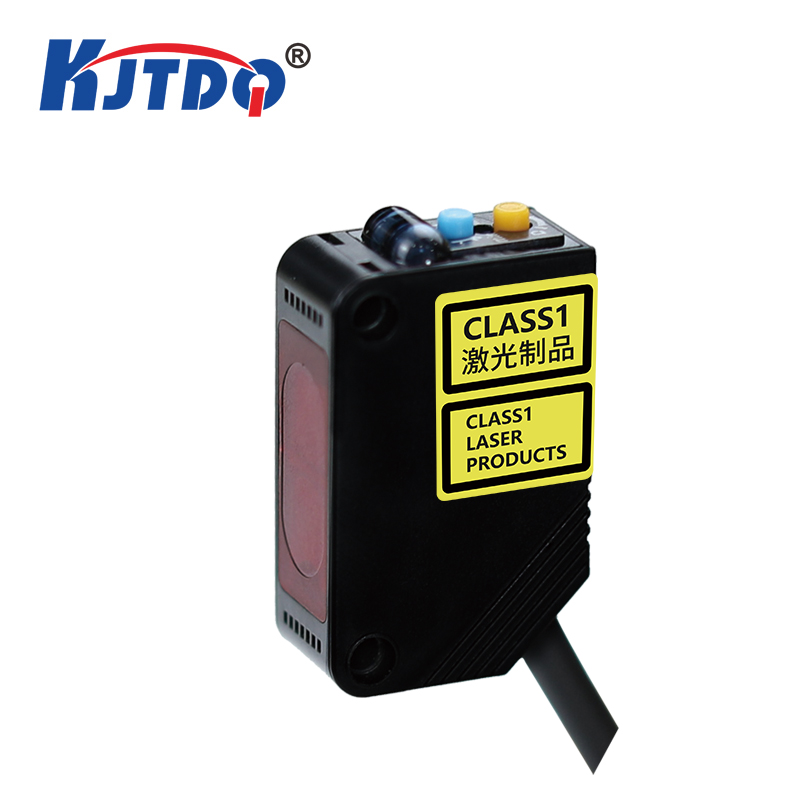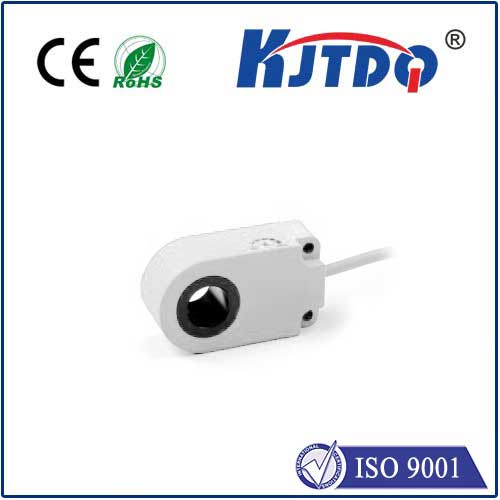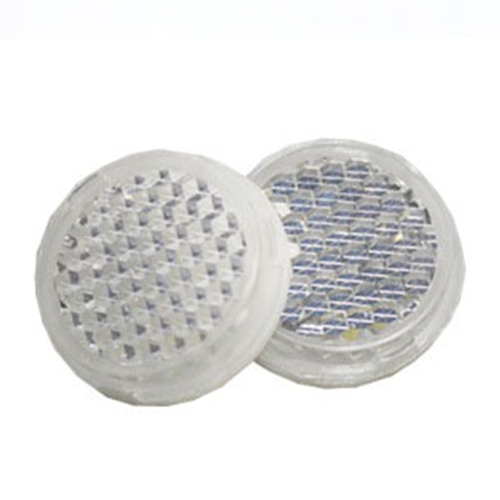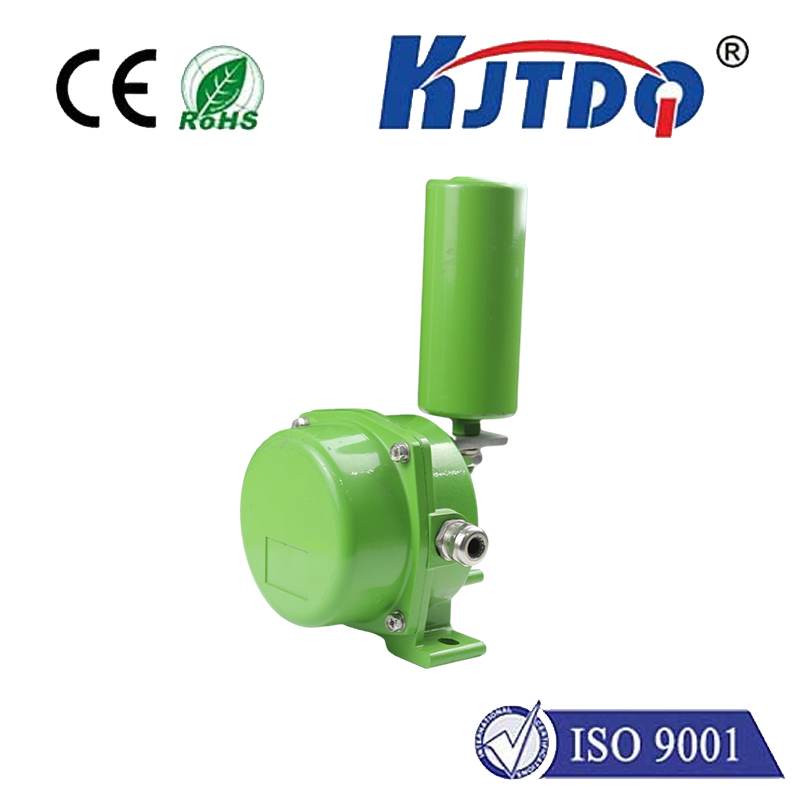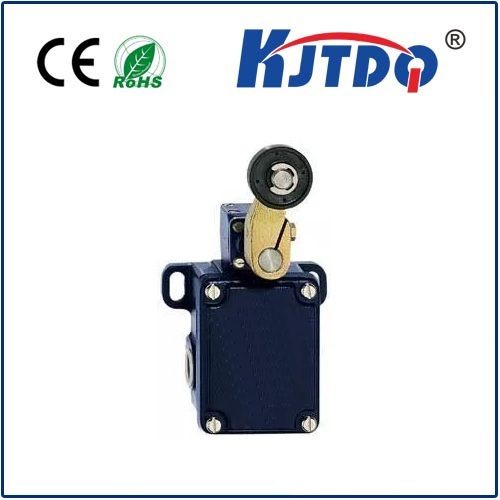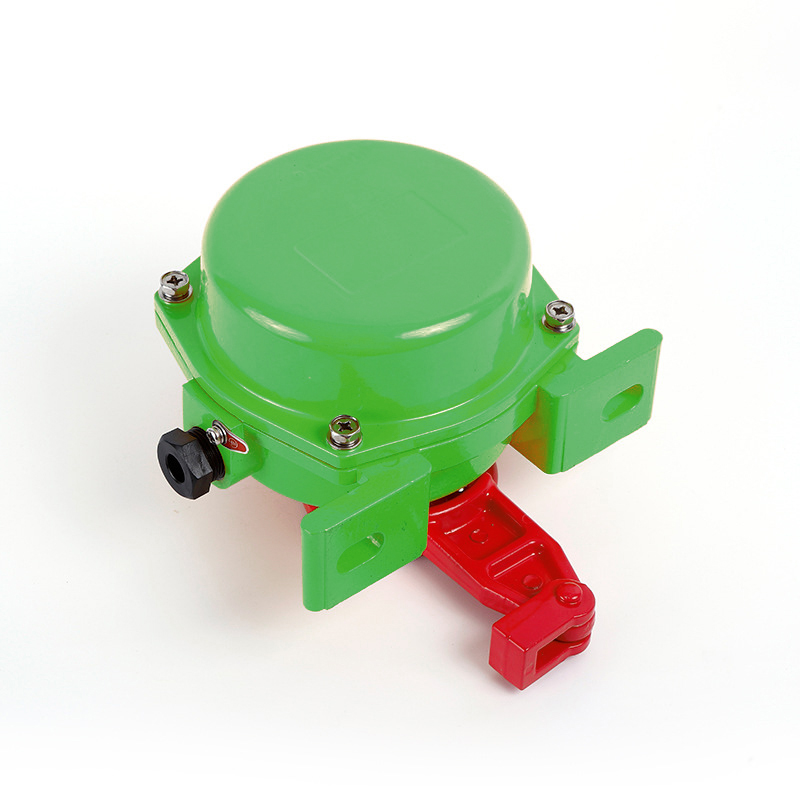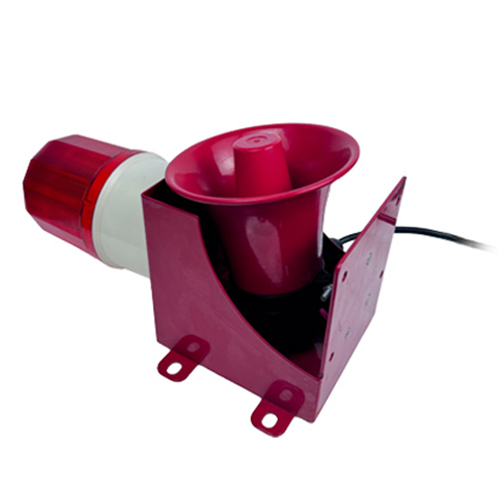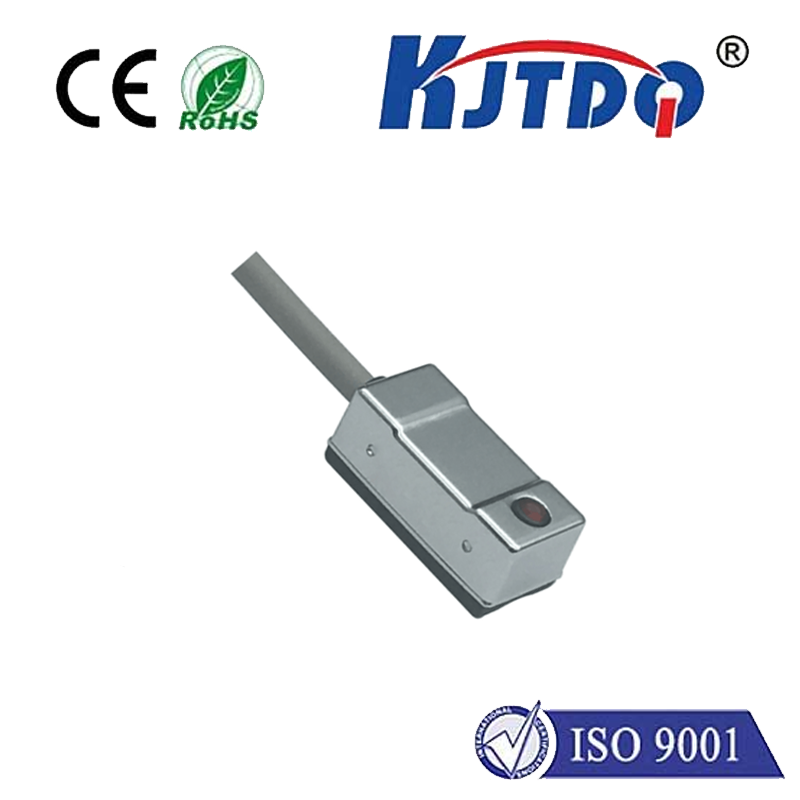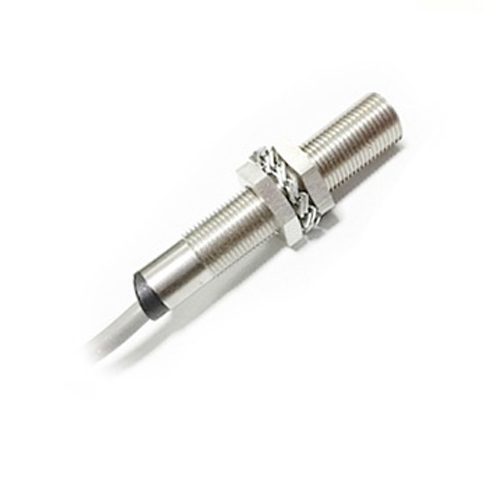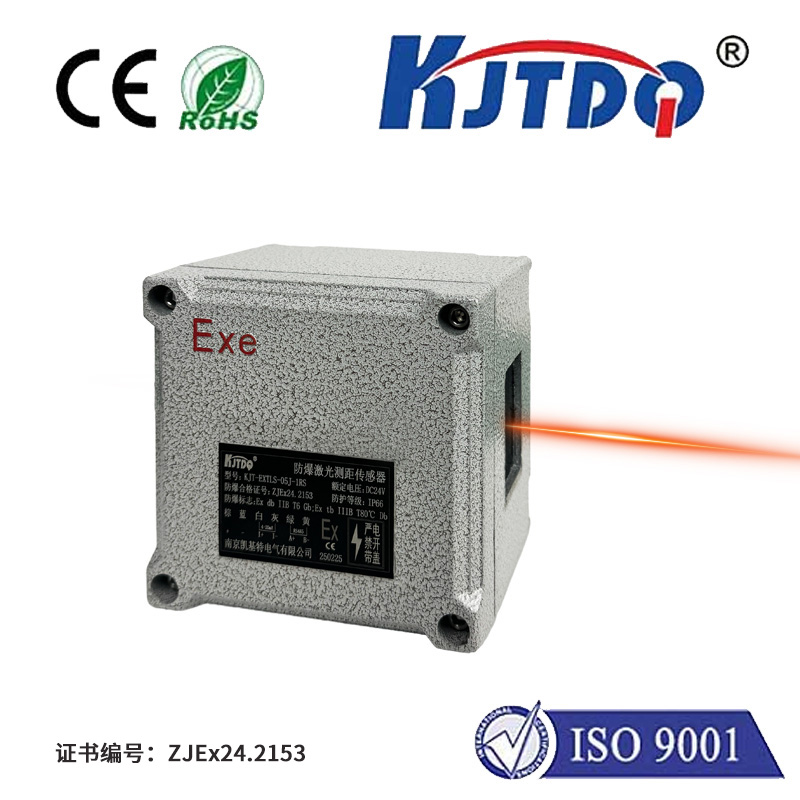BES01UR high pressure proximity sensor
- time:2025-10-13 20:29:23
- Нажмите:0
BES01UR High Pressure Proximity Sensor: Reliable Detection in Demanding Industrial Environments
Imagine machinery operating under immense pressure – hydraulic systems powering heavy equipment, mold clamping in plastic injection, or valves controlling high-pressure fluid flow. In these critical, unforgiving environments, a single sensor failure can trigger costly downtime or safety hazards. This is precisely where specialized components like the BES01UR high pressure proximity sensor become indispensable. Engineered to thrive where standard sensors falter, it delivers consistent, reliable non-contact detection under significant stress.
Understanding the Core Function: Beyond Simple Presence
At its heart, the BES01UR is an индукционный датчик приближения. This means it generates an electromagnetic field. When a metallic target (typically steel, brass, aluminum, etc.) enters this field, it induces tiny electrical currents (eddy currents) within the target. The sensor detects the resulting damping or change in its own oscillator circuit, triggering an electronic switch. This provides a clear, discrete signal: target present or target absent. It operates without physical contact, eliminating wear and tear associated with mechanical switches and enabling high-speed detection.
The Defining Challenge: Why “High Pressure” Matters
Standard inductive proximity sensors work reliably in ambient atmospheric conditions. However, subject them to environments where pressures significantly exceed atmospheric levels (e.g., 10 bar, 50 bar, or even hundreds of bar), and their performance degrades or fails entirely. The reasons are multifaceted:
- Housing Integrity: Standard plastic or thin-metal housings can deform or rupture under sustained high pressure.
- Sealing Failure: O-rings or sealing interfaces designed for minimal pressure differentials can leak, allowing pressurized media (oil, water, gas) to penetrate the sensor chamber.
- Internal Component Stress: Pressure differentials can stress internal electronics and solder joints, leading to premature failure.
- Diaphragm Effect: The sensor face (often a polymer material) can bulge inward under high external pressure, potentially altering the sensing field characteristics or even causing false triggering by touching internal components. This is a critical failure mode often overlooked.
The BES01UR’s Answer: Engineered for Pressure Survival

The designation “high pressure” isn’t marketing jargon for the BES01UR; it signifies fundamental design choices addressing the above challenges:
- Robust Housing: Typically constructed using high-grade materials like stainless steel or specially reinforced PBT thermoplastics, the housing is designed to withstand substantial external pressure without deformation. The design often includes reinforced sensing faces.
- Superior Sealing: Critical sealing points utilize high-performance elastomers (like FKM/Viton) known for resilience against pressure, temperature extremes, and aggressive media. Radial O-ring seals specifically designed for pressure applications are common.
- Pressure Equalization (Crucial): Many high-pressure sensors, including designs like the BES01UR, incorporate clever pressure compensation mechanisms. This often involves an internal cavity or diaphragm that allows internal pressure to equalize with the external environment. This eliminates the large pressure differential across the critical sensing face and housing seals, dramatically reducing stress and the risk of “diaphragm collapse” or seal extrusion. This internal pressure compensation is key to long-term reliability under fluctuating pressures.
- Robust Internal Construction: Electronics are potted or encapsulated in resilient compounds to protect against vibration, pressure pulses, and potential minor ingress, further enhancing durability.
Why Reliability Under Pressure is Non-Negotiable
In high-pressure applications, sensor failure isn’t just inconvenient; it’s often critical:
- Hydraulic Systems: Monitoring cylinder end positions or valve states. Failure can lead to uncontrolled machine movement or blown hydraulic lines.
- Plastic Injection Molding: Detecting mold clamping position. Failure can cause dangerous mold flash or damage expensive molds.
- Die Casting Machines: Position verification within high-pressure cycles. Failure risks catastrophic machine damage.
- Process Valves: Confirming valve open/closed status in pipelines carrying pressurized liquids or gases. Failure impacts process control and safety.
- Test Benches & Pressure Vessels: Monitoring component position during extreme pressure testing.
The BES01UR Advantage: More Than Just Pressure Handling
While pressure tolerance is its hallmark, the BES01UR delivers the core performance expected from industrial-grade inductive sensors, typically including:
- IP67/68/69K Protection: Excellent resistance against dust ingress and powerful water jets or immersion, vital for washdown or outdoor environments often found alongside high-pressure systems.
- Temperature Resilience: Stable operation across typical industrial temperature ranges.
- Electrical Noise Immunity: Built-in resistance to electromagnetic interference common in industrial settings.
- Various Output Types: Common options include NPN/PNN Normally Open (NO) or Normally Closed (NC), or push-pull configurations, providing flexibility for different control systems (PLCs).
- Stable Sensing Range: Consistent detection distance to the target, unaffected by typical environmental grime.
- Minimal False Triggers: Reliable performance even in challenging electromagnetic environments.
Applications Where the BES01UR Shines
Identifying where high-pressure capability is essential helps pinpoint the BES01UR’s ideal deployment:
- Hydraulic Cylinders: End-of-stroke detection within the pressurized cylinder housing or on associated manifolds.
- Mold Clamping Units: Verifying mold position during clamping sequences in injection molding machines.
- High-Pressure Valves and Pumps: Confirming actuator position or component presence within pressurized enclosures.
- Presses and Stamping Machines: Position verification where hydraulics create localized high pressure.
- Subsea Equipment (Depth Rated): Applications requiring sensors rated for significant water pressure depths (specific models/ratings apply).
- Automated Pressure Test Stations: Position sensing of fixtures or components during pressure testing cycles.
Selecting the Right Fit: Key Considerations
When specifying a high pressure proximity sensor like the BES01UR, ensure you confirm:
- Required Pressure Rating: What is the maximum sustained pressure and potential pressure spikes (surges) it must endure? Don’t operate near the absolute maximum; include a safety margin.
- Media Compatibility: What fluid or gas is the sensor exposed to? Verify housing material and seal compatibility (e.g., FKM seals for oils and fuels).
- Temperature Range: Both ambient and fluid temperatures impact performance and material choices.
- Sensing Distance & Target Material: Ensure the BES01UR model chosen has sufficient range for the installation and is sensitive to the target metal.
- Electrical Requirements: Voltage supply (e.g., 10-30V DC) and output type (NPN/PNP, NO/NC) must match the control system.
- Environmental Protection (IP Rating): Required level of dust and water protection.
- Mounting Style: Flush (shielded) or non-flush (unshielded) mounting capability based on surrounding metal.
Conclusion: An Investment in Robust Automation
In the relentless push for efficiency and uptime within demanding industrial processes, component reliability under stress is paramount. The BES01UR high pressure proximity sensor represents a focused engineering solution for environments where standard sensors simply cannot survive. By addressing the unique challenges of high-pressure operation through robust construction, advanced sealing, and often crucial pressure compensation, it delivers the dependable non-contact detection needed to ensure safety, optimize control, and maximize productivity in some of industry’s toughest settings. When pressure is a constant companion, specifying sensors engineered to withstand it, like the BES01UR, becomes a fundamental requirement for resilient automation.

